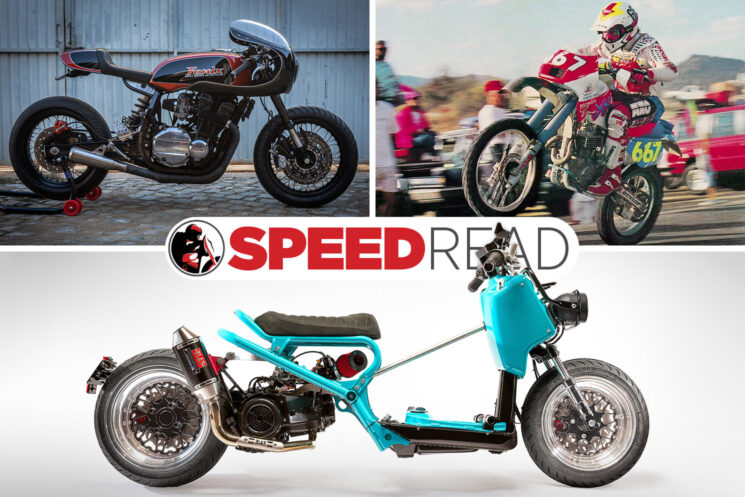
For some people, it’s about building the fastest machine possible. For others, it’s all about style. For virtually every bike we feature here, it’s a combination lying somewhere in the middle.
This week’s Speed Read features three wildly different motorcycles, all walking different lines between style and speed. We’ve got a stretched out Honda Ruckus from Australia, a Suzuki café racer from Portugal, an absolute weapon of a vintage-styled Baja desert racer from Italy, and lastly, a new documentary focusing on that lovely thing at the center of it all—speed.

Honda Ruckus by Ellaspede Not all scooters are created equal. The Honda Ruckus continues to prove this with every incredible custom built on the platform; the tubular steel frame just begs for alteration.
Ellaspede, based in Queensland, Australia, is not known for its Ruckus customs—far from it. If you look at the massive list of custom builds on the brand’s website, you won’t see a single scooter. Apparently this one is special.
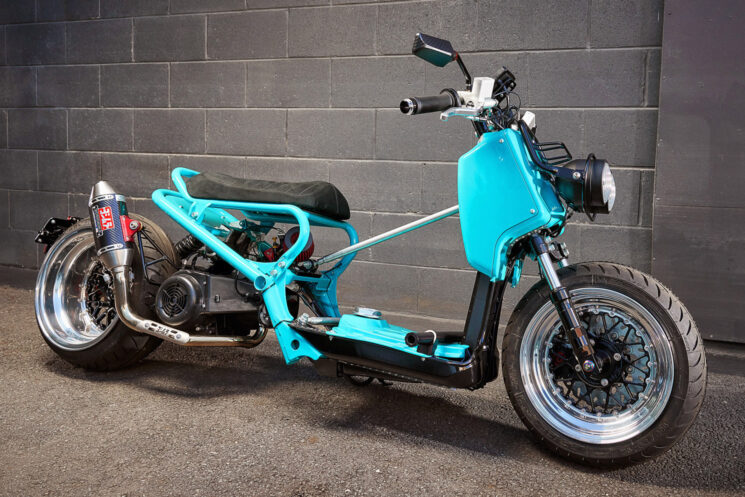
The stock Honda engine was replaced with a GY6 unit that was stroked out to 171 cc, good for a claimed top speed of 100 km/h [62 mph]. That new engine was fitted with pod filters and an upswept carbon Yoshimura exhaust.
12-inch billet engine mounts give the bike its stretch. Additional billet components mount the slammed rear suspension system, with a set of lowered forks and clip-ons fitted up front to match.

A 12” front wheel and 13” rear are wrapped in Michelin Power Pure tires. Brembo calipers grab 220 mm discs at both ends, working through CNC’d master cylinders and teflon-coated lines. Because when you need to redo all the stock-length cables anyway, why not go to the nines?
A full aftermarket wiring loom was installed, and a new Koso gauge system was hooked up, giving all of the necessary information with an added dose of tech and style. The rest of the lighting suite was minimized with Koso and Motogadget parts, as well as a new LED headlight and a custom-built license plate mount.
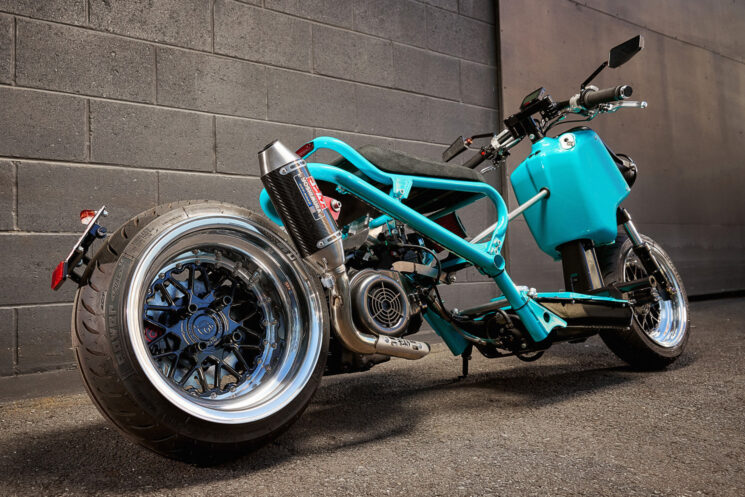
Slammed and stretched, Ellaspede’s custom Ruckus is a reminder not to sleep on this plucky scooter. Who else is itching to take it for a spin? [Via]
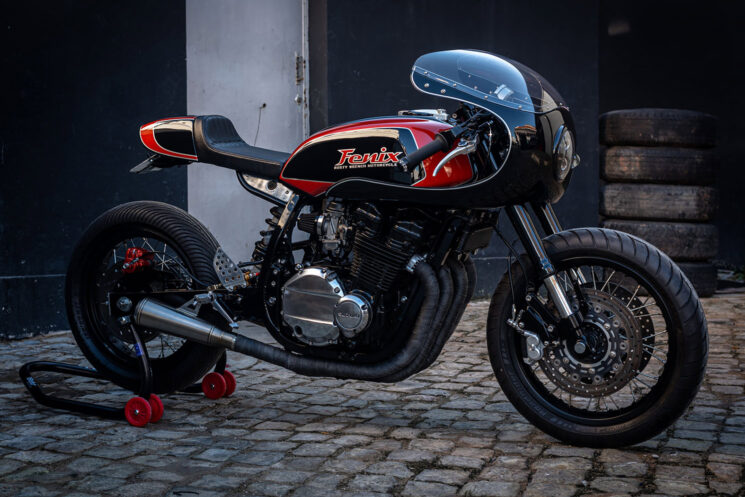
Suzuki GSX750 by Rusty Wrench Motorcycles Rusty Wrench is a motorcycle mecca tucked away in Loulé, Portugal. In the middle of an area known for its temperate weather and wonderful motorcycling roads, Rusty Wrench serves up hot coffee, the latest moto gear and accessories, fresh haircuts and tattoos, and yes, beautiful custom motorcycles—like this 1987 Suzuki GSX750.

The donor bike was just that—a donor. It was in rough shape. So rough, that Francisco and Vera Correia, the team behind Rusty Wrench, named the build ‘Fenix,’ as a completely new and refreshed bird would rise out of these ashes.
All of the original GSX’s original bodywork had to be replaced. A new fuel tank was taken from a Honda CB750, a composite tail section was mounted to a custom subframe, and a vintage re-popped fairing was fitted to the bike with custom-made mounts.
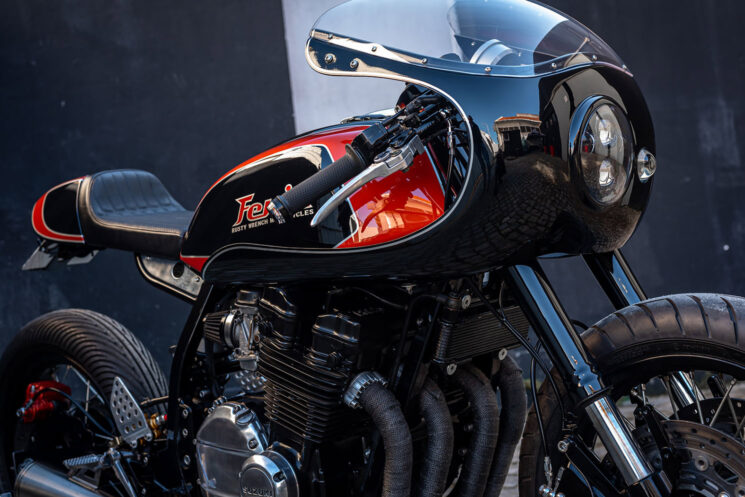
The forks and front brakes came from a Yamaha R1, and the whole swingarm, rear shock, and rear braking system were taken from a Honda CB600. A set of spoked aftermarket wheels complete the running gear, adding more of a classic touch.
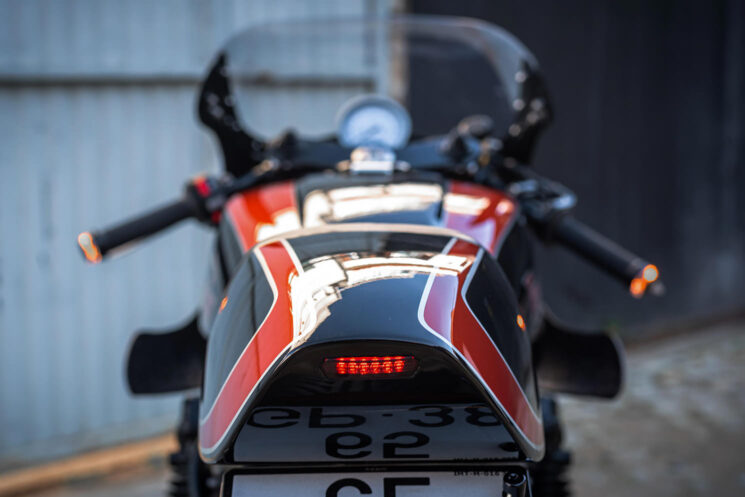
Despite the shape of the rest of the original bike, the engine was surprisingly sound. After a little clean up, pod filters, and a freer-flowing four-into-to-one exhaust system, were fitted. The entire wiring system was redone with the help of a Motogadget mo-unit, with LED lighting all-round.
Now the bike balances the added performance and reliability of added modern components, with killer retro style. [Via]
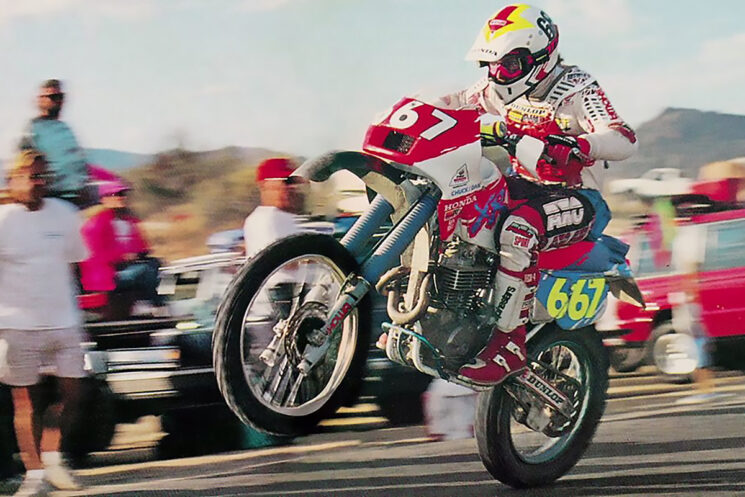
Honda XR600R by GPgarage Moto In 1991, Honda developed a four-stroke single to beat out the smokers that had been winning the Baja 1000. The factory-built race bike was called ‘The Monster,’ or, more formally, the XR667. As you’d expect from a bike that has the extend of Honda’s resources thrown at it, the XR667 had all of the trick stuff.
The cooling fins on the head were extended, and an oil quick-fill from an RC30 endurance racer was equipped. It had a new oil cooler, a higher-wattage power output, a large aluminum gas tank, and a removable subframe with a built-in airbox and little door for the filter to be swapped. Big forks, high performance brakes—this thing was absolutely kitted.
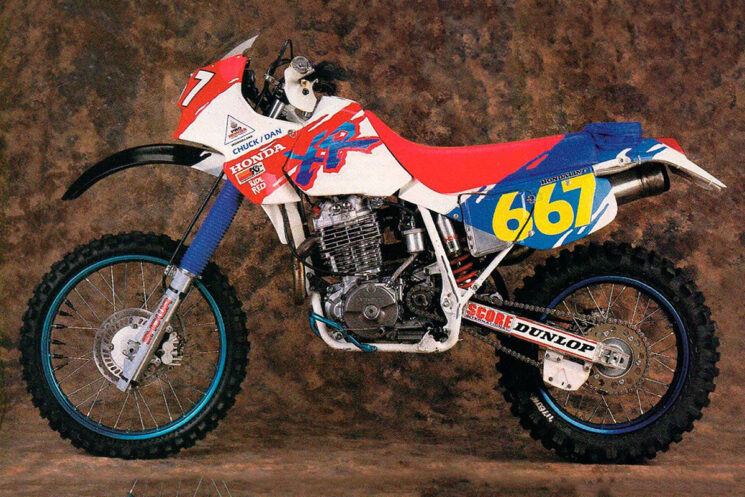
But this bike is not that bike. Instead, it’s a carefully crafted replica, based on a 1991 Honda XR600R.
It’s the work of Matteo Gualandi of Italy’s GPgarage Moto. He’s been building custom replica desert race bikes for years. For him, the Monster 667 is the “Sacro Graal [Holy Grail], the most complicated Baja replica.”
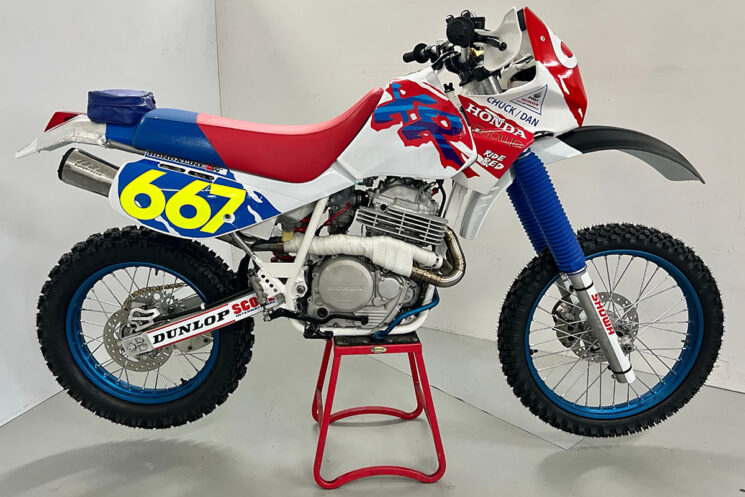
To get as close to the original as possible, a custom one-off fairing had to be made. Next, an aluminum gas tank, oil cooler, custom exhaust system went on. Out back, a custom-made detachable subframe, aluminum airbox, and new aluminum swingarm were fitted.
A 660 cc kit was installed too, with a big-fin head to match the OG Monster. Even the blue aluminum details were anodized or ordered in to match.
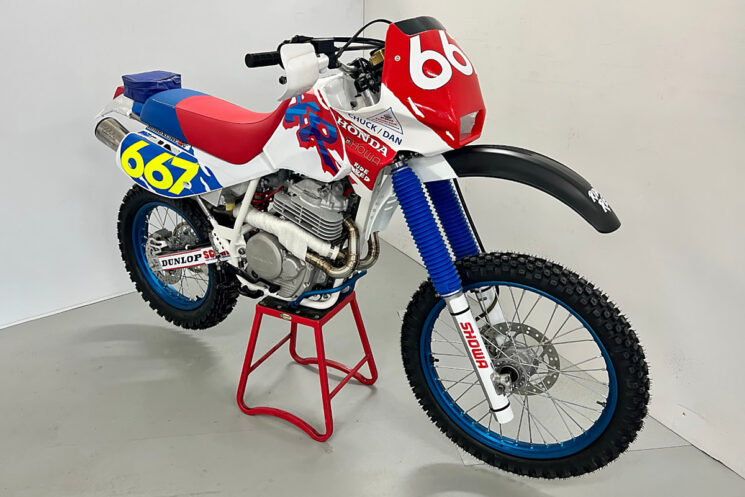
This new bike won’t be raced or pushed to the limits that the original factory racer was, but it will live on and be honored all the same—bringing joy and sweet memories to Matteo every time he sees it or is able to share his vision. [Via]
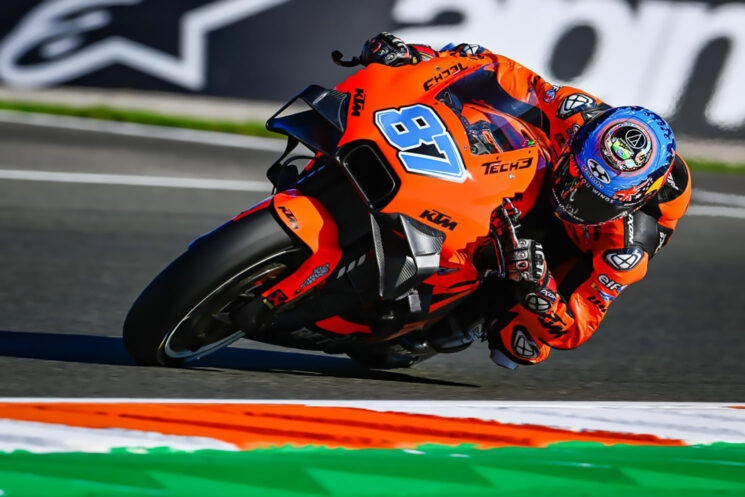
Rapid Motion Through Space: An Incomplete History of Speed Lastly, we have a new film about a lot more than motorcycles—but also motorcycles. Produced by The Cosmic Shambles Network, and titled ‘Rapid Motion Through Space: An Incomplete History of Speed,’ the documentary focuses on MotoGP, interviewing world champion racers, journalists, and team members.
The second half of the doc focuses on something completely different: how riders and their haste can help deliver medical samples and supplies through Africa faster than virtually any other land-based travel. Riders For Life and Two Wheels for Life provide life-saving services in these areas.
I won’t give away any details, but the film provides new and interesting ways to think about speed, motorcycles, and the ways we all use these two-wheeled mechanisms. It’s currently free to view—just hit play below. [Via | Image source: MotoGP.com]